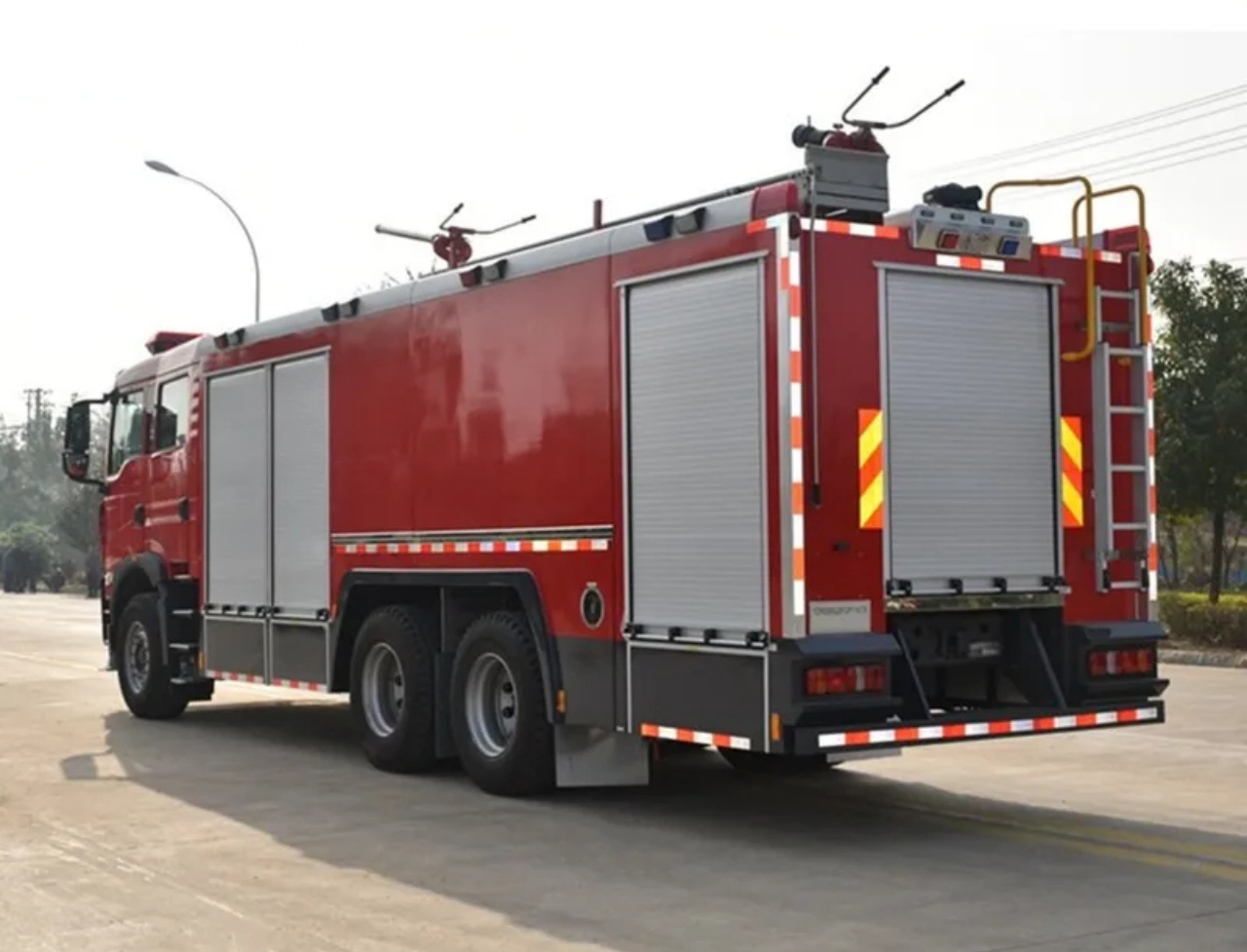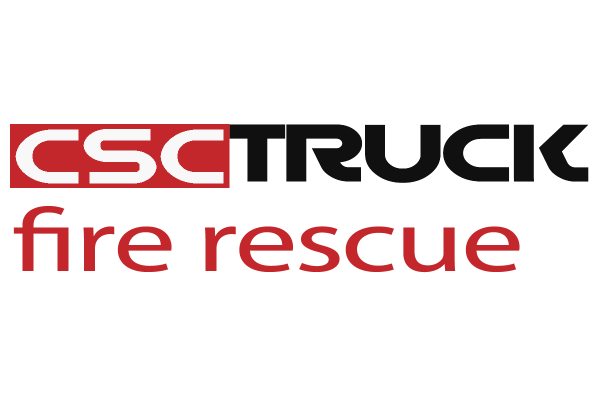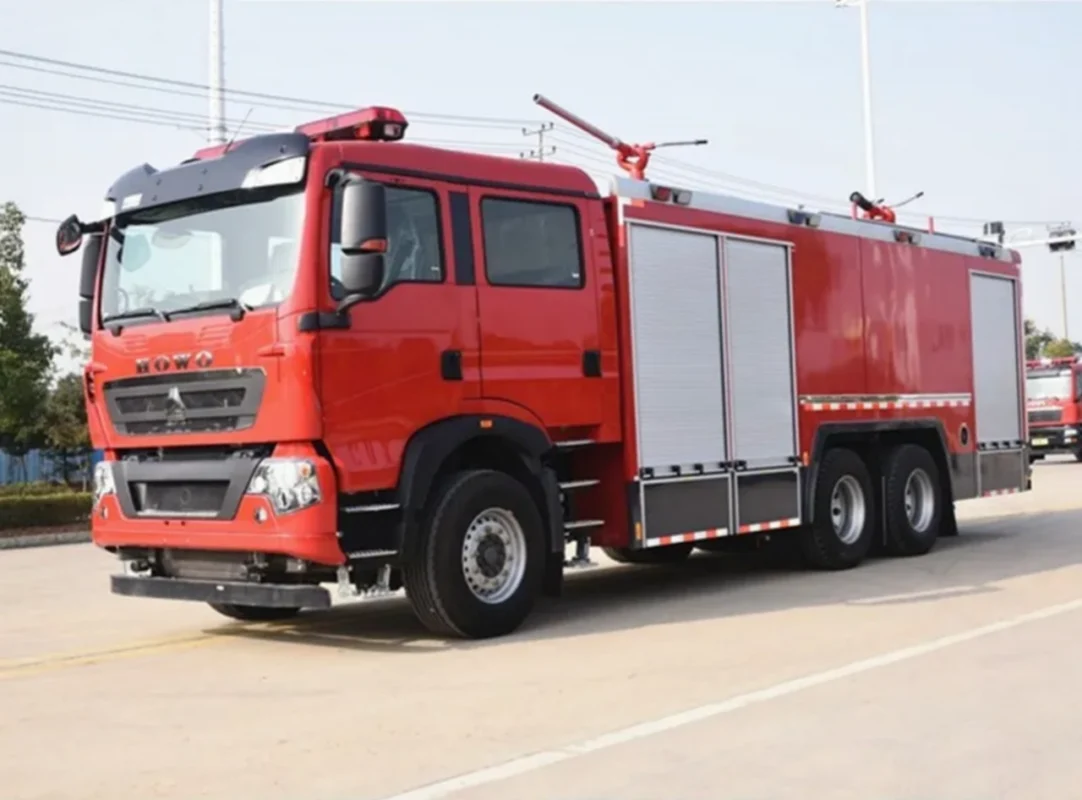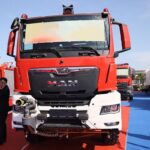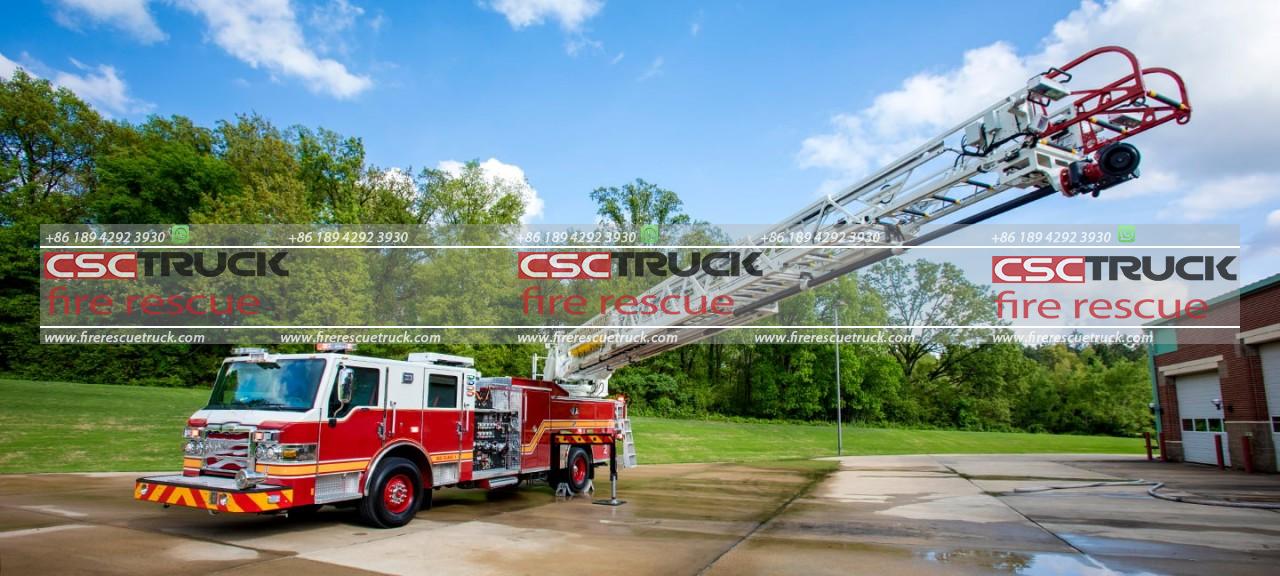Firefighting is an essential service that protects lives, property, and the environment. Fire departments rely on specialized vehicles, commonly known as fire engines, to carry out their operations effectively. Among the various types of fire apparatus, the pumper fire engine is one of the most crucial. It serves as the backbone of firefighting efforts by delivering water, hoses, and essential firefighting equipment to the scene of a fire. But what exactly is a pumper fire engine, and how does it function? This article provides an in-depth look at pumper fire engines, their components, functions, and importance in emergency response operations.
Definition of a Pumper Fire Engine
A pumper fire engine, also known as a fire pumper or engine company, is a firefighting vehicle designed primarily to pump and transport water to extinguish fires. It is equipped with a powerful water pump, a water tank, hoses, and various firefighting tools. This type of fire apparatus is fundamental in fire suppression, as it provides a steady supply of water either from its onboard tank or external sources such as fire hydrants, rivers, or tanker trucks.
Pumper fire engines are classified under the National Fire Protection Association (NFPA) 1901 Standard for Automotive Fire Apparatus, which outlines their required specifications and capabilities. According to the NFPA, a pumper fire engine must have a minimum pump capacity of 750 gallons per minute (GPM) and a water tank capacity of at least 300 gallons.
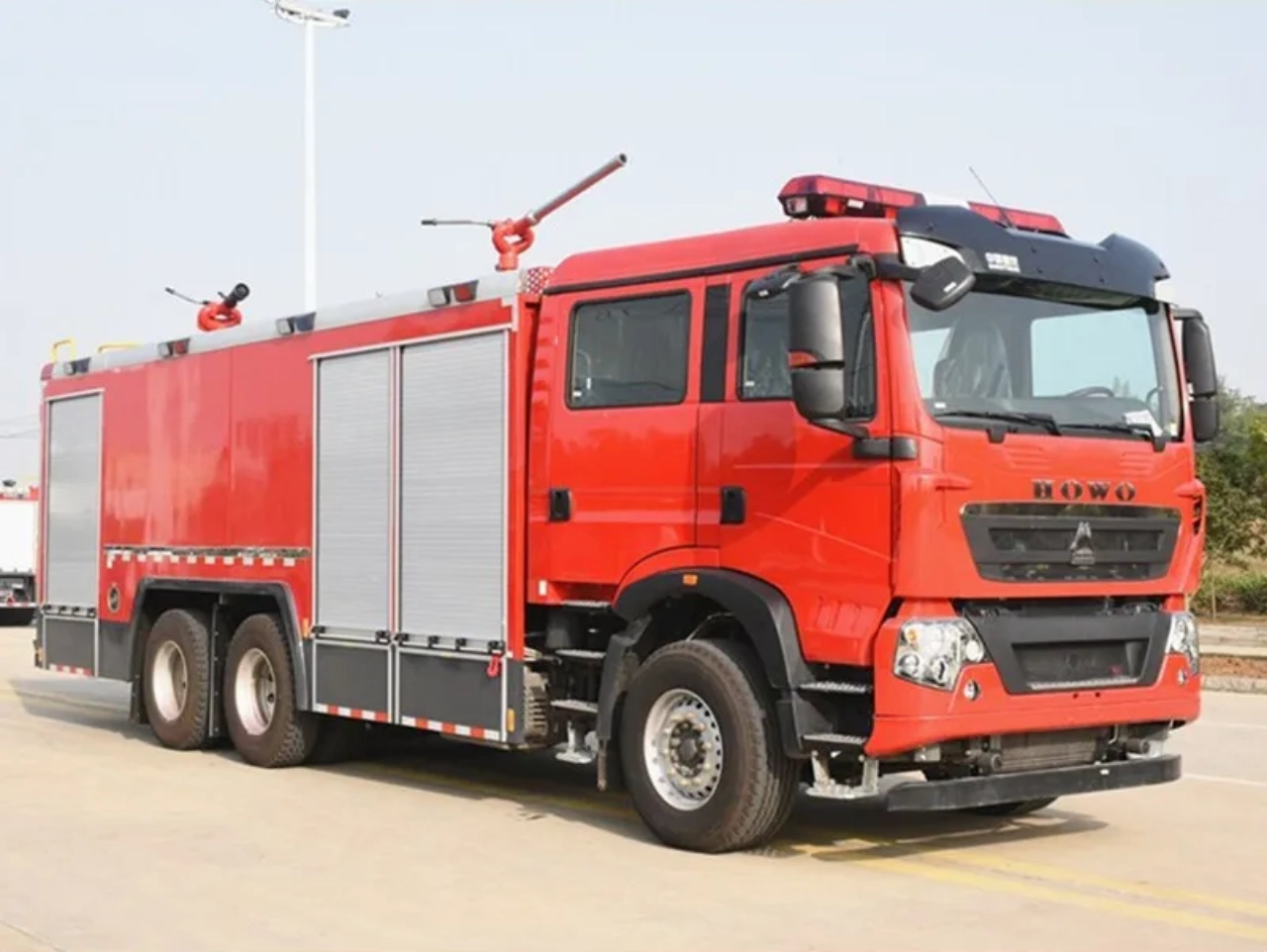
Key Components of a Pumper Fire Engine
Pumper fire engines are designed with several essential components that enable firefighters to combat fires efficiently. These components include:
1. Water Pump
The heart of a pumper fire engine is its water pump, which is typically powered by the vehicle’s engine or a separate power source. The pump is responsible for drawing water from the onboard tank or external sources and pressurizing it for distribution through hoses. Pumps on pumper fire engines can range from 750 GPM to over 2,000 GPM, depending on the model and application.
2. Water Tank
Pumper fire engines are equipped with a water tank that provides an immediate water supply when a hydrant or other water source is unavailable. These tanks usually hold between 500 and 1,500 gallons of water. However, in rural areas where hydrants are scarce, larger tanks or additional tanker trucks may be necessary.
3. Hose Compartments and Hoses
Pumper fire engines carry a variety of hoses for different applications, including:
- Supply Hoses: Large-diameter hoses that connect the engine to a fire hydrant or another water source.
- Attack Hoses: Smaller hoses used by firefighters to direct water onto the fire.
- Booster Hoses: Flexible, smaller-diameter hoses for minor fires and overhaul operations.
4. Foam System
Many pumper fire engines are equipped with foam systems that allow firefighters to mix foam concentrate with water to combat flammable liquid fires. These systems are crucial for handling hazardous material incidents and fuel fires.
5. Pump Panel
The pump panel is the control center of the pumper engine’s water distribution system. It includes gauges, levers, and controls that allow operators to regulate water pressure, flow rates, and foam mixtures.
6. Ladders and Tools
Apart from hoses, pumper fire engines carry a variety of essential firefighting tools, such as:
- Ground ladders
- Axes
- Halligan bars
- Thermal imaging cameras
- Ventilation fans
7. Crew Cab
Pumper fire engines typically have a crew cab that accommodates a team of firefighters. The cab is designed for quick deployment and may include breathing apparatus storage for firefighter safety.
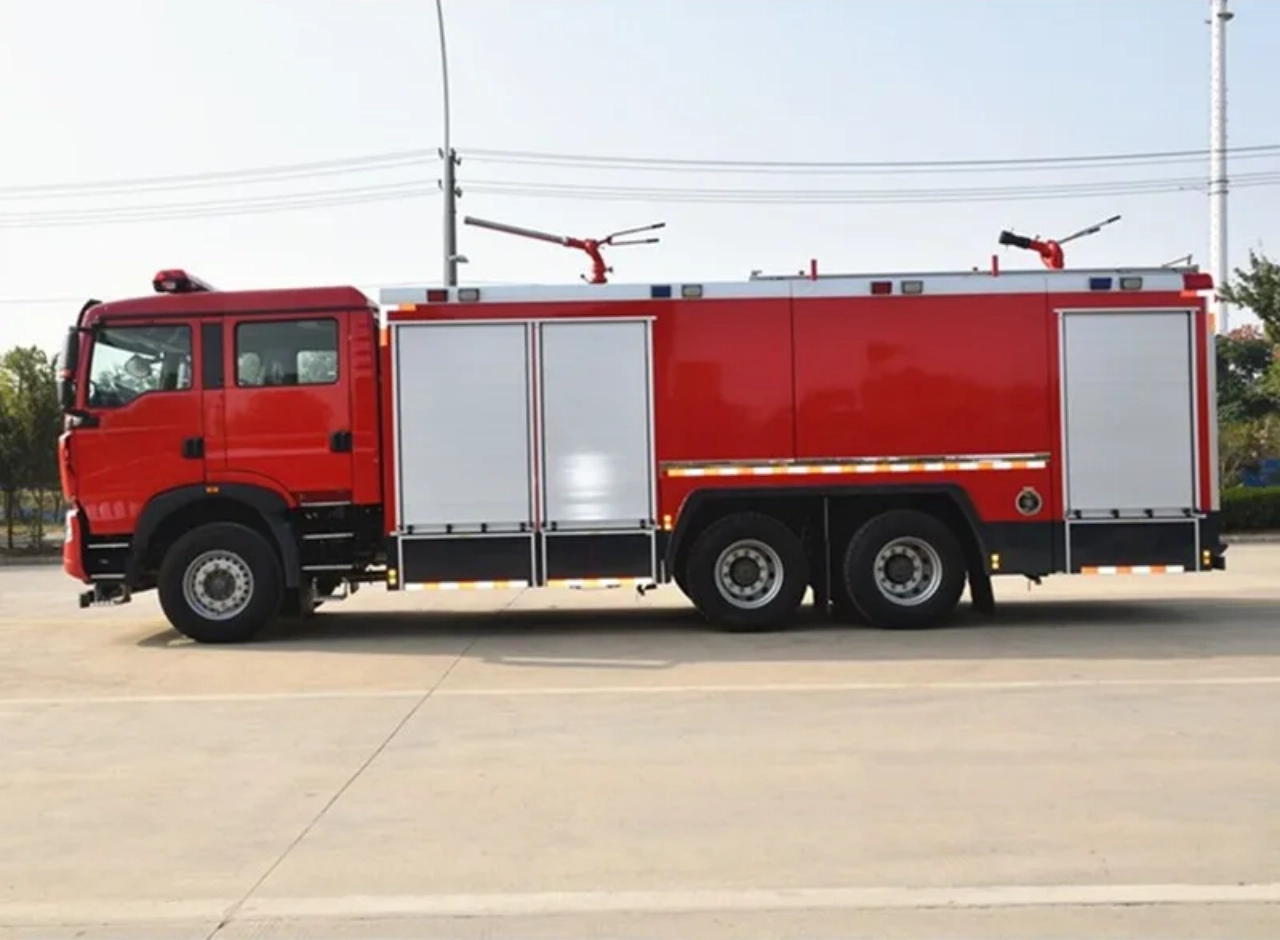
How Does a Pumper Fire Engine Work?
When responding to a fire, a pumper fire engine follows a well-coordinated process:
- Arrival on Scene: Upon reaching the fire location, the crew assesses the situation and determines the best approach for extinguishing the fire.
- Water Supply Connection: If a fire hydrant or another external source is available, firefighters connect supply hoses to ensure a continuous water supply.
- Pump Activation: The onboard pump is engaged, drawing water from the tank or an external source and pressurizing it for use.
- Hose Deployment: Firefighters deploy attack hoses to direct water onto the fire, while supply hoses maintain water flow from the hydrant.
- Pressure Regulation: The pump operator monitors and adjusts water pressure to optimize firefighting efficiency.
- Overhaul and Cleanup: Once the fire is controlled, firefighters use booster hoses and tools to extinguish hot spots and ensure complete fire suppression.
Types of Pumper Fire Engines
Pumper fire engines come in different configurations to suit various operational needs. Some common types include:
1. Standard Pumper Fire Engine
The most common type, designed for urban firefighting with a balanced mix of water capacity, pump power, and firefighting tools.
2. Rescue Pumper
Combines the capabilities of a standard pumper with specialized rescue tools, such as hydraulic cutters and spreaders for vehicle extrication.
3. Wildland Pumper (Brush Truck)
Smaller and more maneuverable, designed for fighting wildfires in rugged terrain. These units often have off-road capabilities and carry specialized equipment for brush fires.
4. Industrial Pumper
High-capacity pumpers used in industrial settings, such as refineries and chemical plants, feature larger water tanks and advanced foam systems.
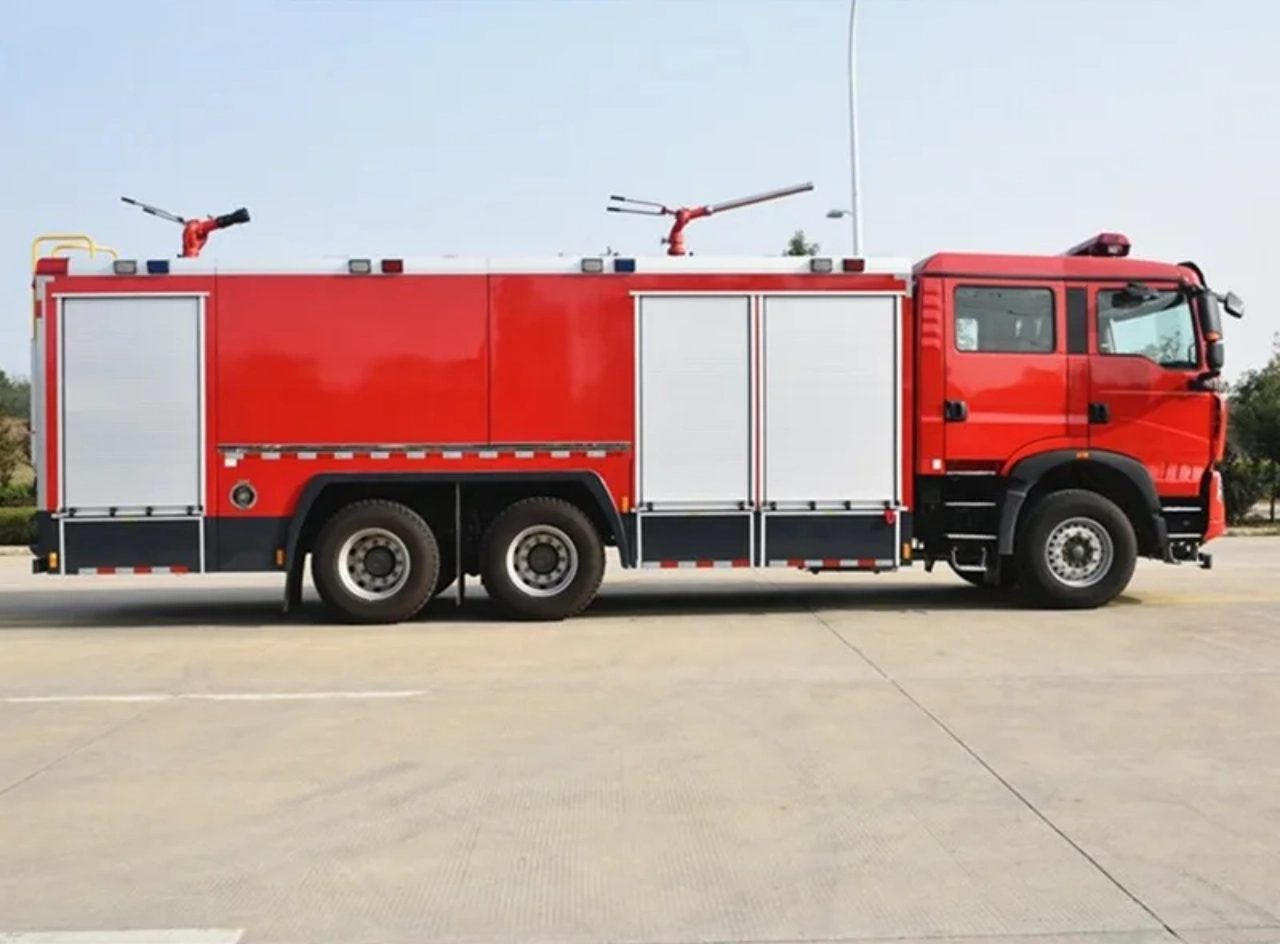
Importance of Pumper Fire Engines in Firefighting
Pumper fire engines are indispensable in firefighting operations for several reasons:
- Rapid Water Supply: They provide an immediate water source to combat fires before additional resources arrive.
- Versatility: Equipped with various tools and hose configurations, pumpers can handle different fire scenarios, from structural fires to hazardous material incidents.
- Support for Other Fire Apparatus: Pumpers work alongside ladder trucks, tanker trucks, and rescue units, ensuring efficient coordination in firefighting efforts.
Conclusion
A pumper fire engine is a vital firefighting apparatus designed to transport water, hoses, and essential firefighting tools to emergency scenes. Equipped with a powerful water pump, a sizable water tank, and various firefighting accessories, these engines play a crucial role in controlling and extinguishing fires. Whether in urban settings, rural areas, or industrial facilities, pumper fire engines ensure that firefighters have the necessary resources to perform their duties effectively. Understanding the components and functions of a pumper fire engine highlights its importance in fire suppression and emergency response operations.
